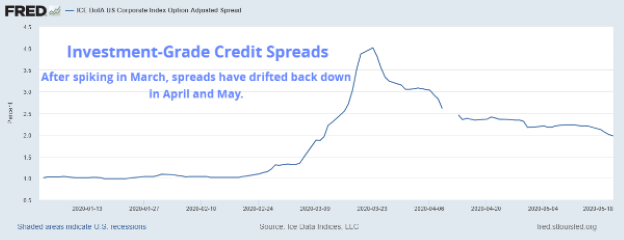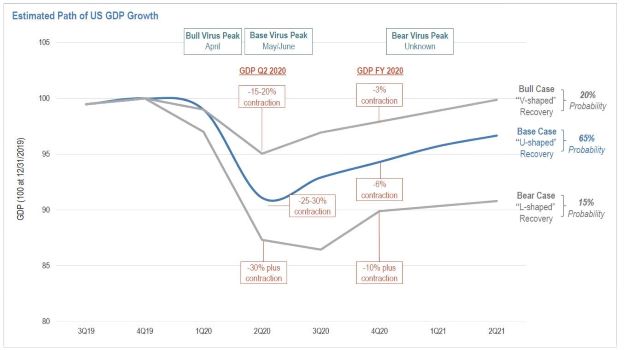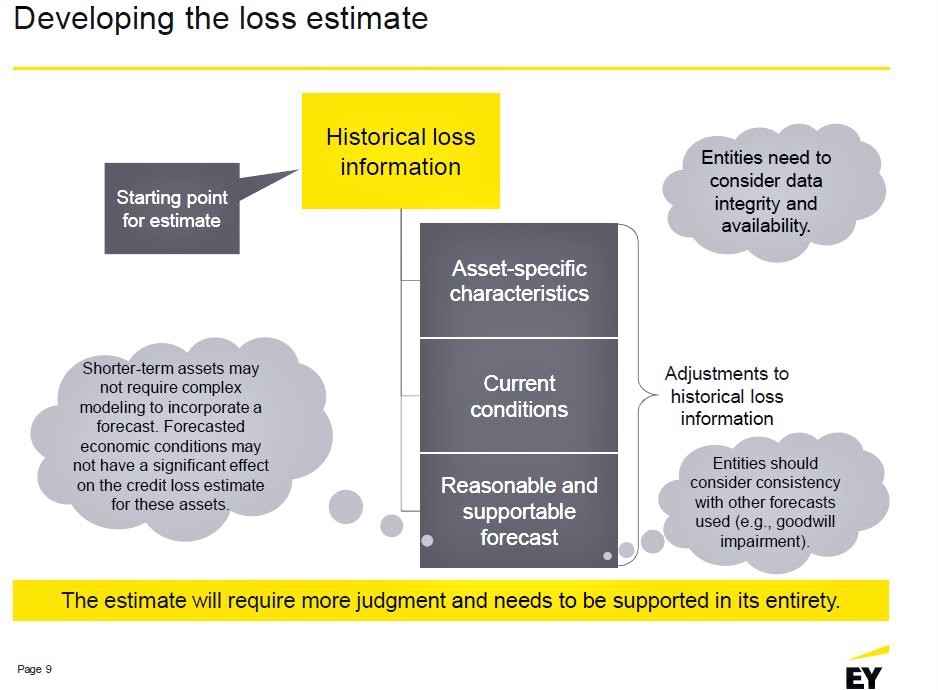
Corporates and banks fuel gains in social and sustainability bond issuance amid the battle against the coronavirus.
The coronavirus pandemic may have dampened green bond issuance in the first quarter of 2020, but it has also pushed some corporates to use proceeds from sustainability bond offerings to help fight the virus. Case in point: Pfizer.
- Heather Lang, executive director of sustainable finance solutions at ESG ratings firm Sustainalytics—which is being acquired by Morningstar—named Pfizer as one of the institutions using proceeds from recent sustainable debt deals to address the effects of COVID-19. She spoke at a recent NeuGroup meeting for assistant treasurers. Sustainalytics provided Pfizer with a so-called second-party opinion supporting the deal.
- Pfizer—already in the process of preparing to issue a sustainability bond when the virus began—said some of the $1.25 billion in proceeds from its 10-year March offering will be used to “address the global COVID-19 pandemic and the threat of antimicrobial resistance.”
Corporates and banks fuel gains in social and sustainability bond issuance amid the battle against the coronavirus.
The coronavirus pandemic may have dampened green bond issuance in the first quarter of 2020, but it has also pushed some corporates to use proceeds from sustainability bond offerings to help fight the virus. Case in point: Pfizer.
- Heather Lang, executive director of sustainable finance solutions at ESG ratings firm Sustainalytics—which is being acquired by Morningstar—named Pfizer as one of the institutions using proceeds from recent sustainable debt deals to address the effects of COVID-19. She spoke at a recent NeuGroup meeting for assistant treasurers. Sustainalytics provided Pfizer with a so-called second-party opinion supporting the deal.
- Pfizer—already in the process of preparing to issue a sustainability bond when the virus began—said some of the $1.25 billion in proceeds from its 10-year March offering will be used to “address the global COVID-19 pandemic and the threat of antimicrobial resistance.”
Big Picture. Sustainalytics, according to its slide presentation, has expanded its “internal taxonomy to explicitly identify potential use of proceeds related to the virus, targeting two main areas – healthcare and socio-economic impact mitigation.”
- Sustainalytics said, “Social bonds are ideal instruments for allocating capital to specific groups impacted by the pandemic and/or the wider population impacted by the economic crisis,” one reason that “there has been an uptick in social and sustainability bond issuance since the COVID-19 outbreak.”
- In mid-May, Bank of America issued a $1 billion bond aimed at financing not-for-profit hospitals, skilled nursing facilities, and manufacturers of health care equipment and supplies.
- At the time of that deal, Bloomberg reported that borrowers globally had raised a record $102.6 billion of debt this year to combat the coronavirus including development banks, sovereigns and corporates. It reported that Chinese companies have issued the most so-called pandemic bonds.
Multiple uses of proceeds. During the meeting, one NeuGroup member said that public bond offerings are inherently sizable, “so unless you have major sustainability projects, it’s kind of hard” to use all the proceeds for environmental, social or governance activities.
- But Ms. Lang pointed out that proceeds from one offering can be allocated to multiple uses.
- For example, she said, a company could use the money for a pair of renewable energy projects, a Leadership in Energy and Environmental Design (LEED)-certified headquarters office, and several social initiatives. “It doesn’t all have to go into one bucket.”
Loans are the rage. Volume in the fastest-growing segment of the sustainability market, ESG-linked loans, leapt 168% over the last two years, exceeding $122 billion last year. One big draw: They offer the flexibility to use the proceeds for general corporate purposes.
- They’re designed to promote the pursuit of sustainability goals by linking the interest rate on the loan to the achievement of those goals.
- They’re available to investment grade and non-investment grade companies, including “browner” companies not previously eligible for an ESG bond, Ms. Lang said. They can be structured as revolvers, term loans, bilateral or syndicated.
She said Sustainalytics has recently worked on transactions for shipping companies, which struggled to enter the green market but have “a lot of potential for reducing carbon emissions for their fleets.”





















